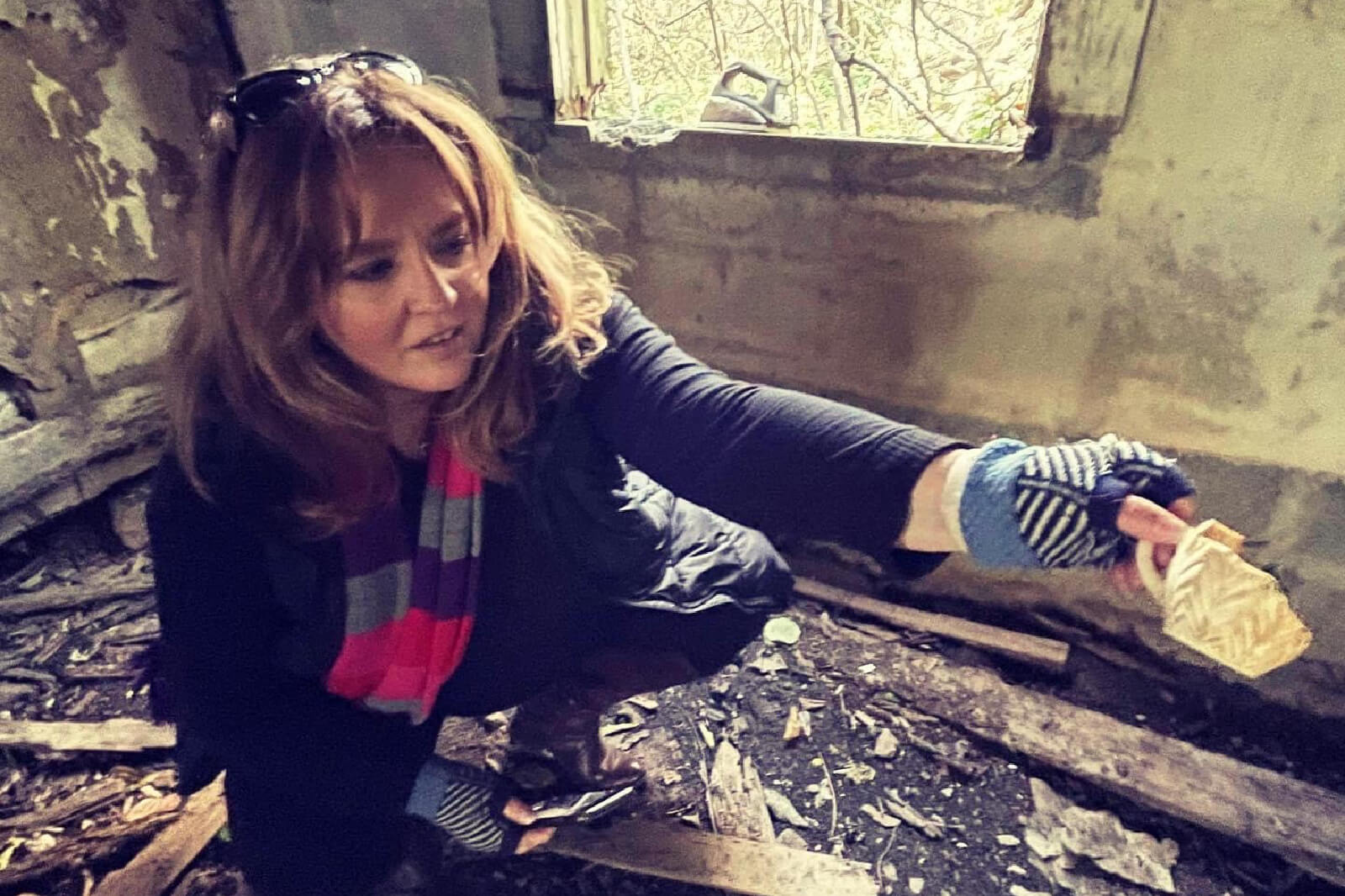As the Senior Director of Preservation and Education at the Heritage Foundation of Williamson County, Rachael Finch uses the past to make an indelible mark on our future. From grassroots advocacy and grant-writing to archaeological digs, she leads efforts to resurrect local history and ensure the stories of our cultural landscape are told for years to come.
One of her most recent projects is the Franklin Grove Estate and Gardens (the former home of the O’More School of Design and post-Civil War Freedmen’s Bureau School), where an archaeological dig has already unearthed 123 artifacts that will eventually be on display to tell the story of the property’s history. Please welcome this week’s FACE of Nashville, Rachael Finch!
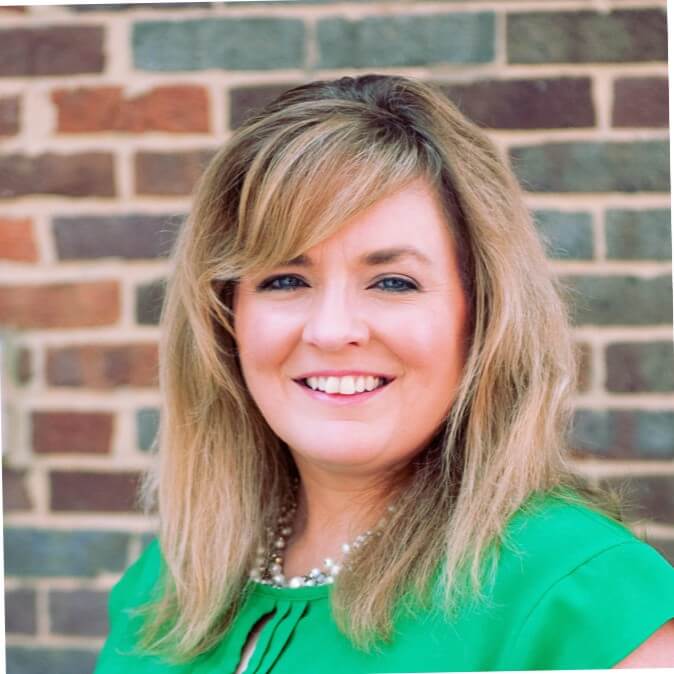
Have you always been invested in local history?
I’m originally from New Orleans. For as long as I can remember, our family’s connection to a place — and our history within it — has inspired a passion for preservation, history, and culture. My maternal grandfather’s family goes all the way back to the founding of the city. As a result, I’ve always felt deeply connected to local history and developed a strong desire to connect people to the past in tangible ways. I love to see how local communities respond or react to state and national events happening around them. Growing up in New Orleans gave me a unique perspective on this.
When I was young, my parents (who both loved history, especially the Civil War) drove us all around the city, the state of Louisiana, and much of the South, taking us to battlefields, historic sites, and museums. And while it was hot and humid in the back seat of the 1980 Toyota Corolla, those memories remind me of why it’s important to travel and experience local history in small towns and large cities. Perspectives, people, and places are at the heart of the grassroots preservation movement. And when you visit local communities, you gain a better understanding of why a community values (or sometimes does not) its local history.
Some of my earliest memories date back to my grandmother’s kitchen and 3-year-old me standing on a chair watching her cook. Food is central to the culture of New Orleans. Every family has their own “secret recipe” for gumbo or crawfish étouffée, but there was something so special — so grounding — about being taught the art of cooking, as well as the art of South Louisiana hospitality. I know it’s why I am who I am today. When my kids return home from college, they know their favorite NOLA dishes will appear on the table. And that is part of history — true local history — being served up from my grandmother’s kitchen to mine, from generations before us.
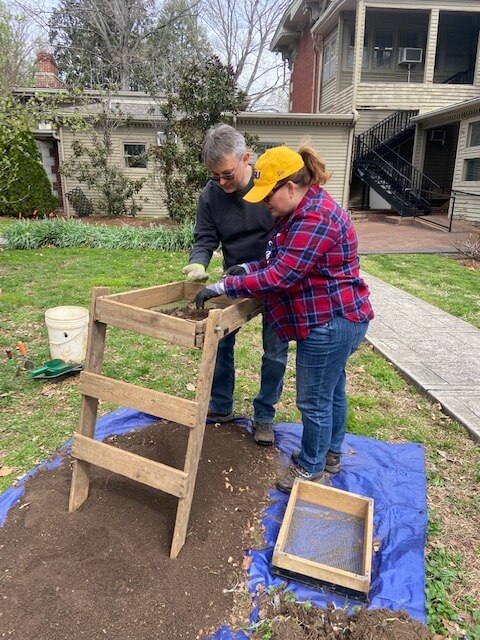
What is your favorite project to date, and did it lead to the discovery of something notable?
While I have several favorites, the most memorable to date is the Lee-Buckner Rosenwald School. Lee-Buckner Rosenwald School is the only remaining Rosenwald School standing in Williamson County. Built in 1927, it stands as the last reminder of “separate but equal” realities for African American children in the segregated South. While researching the school’s history, I’ve had the privilege of meeting and spending time with the living alumni of the school. While many are in the 80s, their minds are still sharp, and their wit even more so. Their stories and their memories are powerful and humbling. We are actively recording their oral histories and look forward to sharing them with the public.
In your opinion, what is the most important facet of preserving history?
It brings the past to life! It is a quest to deepen our understanding of human behaviors, how they changed over time, and how events shaped people and places. It’s also about learning as much as we can about people whose histories have been marginalized, overlooked, or forgotten — those who did not leave a written record. Still, their records, their histories, are able to be told from the ground up. It’s always a powerfully awe-inspiring moment when this happens.
And then, as preservationists, historians, and archaeologists, we have a unique opportunity to educate and engage the public with a part of history they may never have known about or experienced. When I have teenagers or college students reach out and want to know how to get involved in preservation or archaeological projects, it makes me so happy because they can see themselves in the work we do. They want to be a part of making, capturing, and recording history!
What is something that would surprise people about archaeology?
Archaeology is a science. Some of us know archaeology through watching the Indiana Jones trilogies, and some of us would love to think that we are Indiana Jones — everything belongs in a museum, and everything needs to be protected. In a perfect world, we would love to see that happen.
In reality, archaeology can be exciting, but it’s also difficult work. A lot of it is done in a lab. Our fieldwork days may be one day or one week, and then the real work begins after you take those artifacts from the historic site and they go into a lab to be analyzed and scrutinized. That determines the period of significance and what the material is made out of. Sometimes artifacts come out of the ground covered in clay, and you’re not exactly sure what it is. You know it’s something important, but sometimes it’s not fully revealed until it’s appropriately documented, examined, and cleaned.

What have been the most extraordinary discoveries at Franklin Grove so far?
We took over 100 artifacts from the ground at Franklin Grove and determined that it was likely a trash pit. We even found areas where they probably burned their trash, which would not have been uncommon; the ground would have been their incinerator. It gives us a perfect picture of how people lived on the property.
You see two historic homes today at Franklin Grove — one dates back to 1889 and the other to the 1850s. While they’re from two different periods of significance, the one from 1889 had another antebellum home in its place before it was constructed. Our team determined that most of the building materials within the 1889 house come from the home built sometime between the late 1820s to the early 1830s. There are a lot of lessons to be learned about how to read a building. We want everyone to see themselves in the story through good public history, archeology, preservation, and history education. There’s African American history, Native American history, women’s history, and history of the wars, but in reality, all of it is American history. So, how do we string the pearls together to reflect the collective past of Williamson County, and how does that translate into how we see ourselves and our country today?
We have a rare and unique opportunity to use archaeology for good and use artifacts to help us reshape the story from a unique perspective. History is all about perspectives. My history is not your history, yet it’s our collective history. Franklin Grove had two separate properties with enslaved communities — men, women, and children who would have labored and lived on these properties. So, we’re piecing together the stories of people whose names we do not have but who we know existed. I think that’s another key element to why the archaeology at Franklin Grove matters.
A lot of [what we found] is everyday materials — dishware, buttons … We think we found a Civil War mess kit fork, and it’s currently being analyzed. I think that’s the coolest thing, primarily because while it might not be a bullet, it shows that soldiers were there. It gives us a clearer picture of occupation — and not of fighting. There’s a fork, so it means they were probably encamped and had a tent and fires. They were making food.
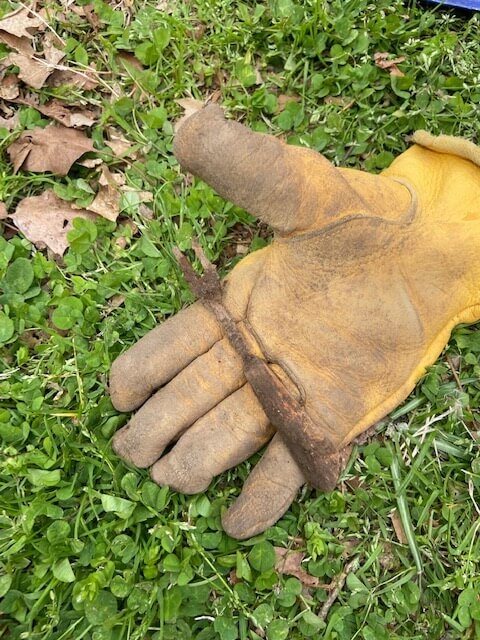
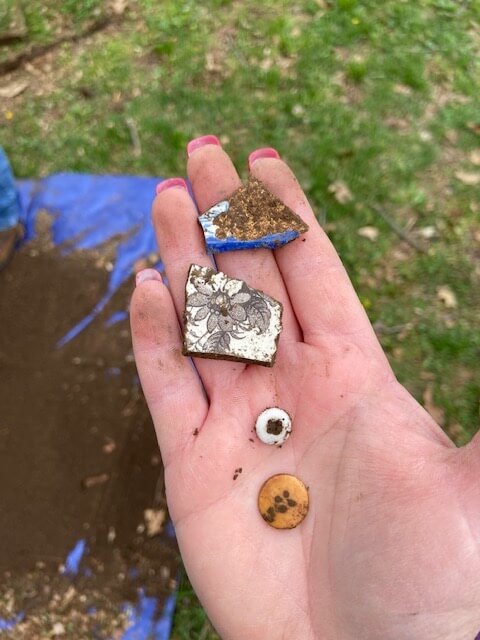
What would your pie-in-the-sky discovery be?
I would love to see us unearth more artifacts from the enslaved community or something that would give rise to one of the former antebellum mansions. Maybe part of a foundation or walkways. My preservation team has a lot of questions about the actual boundary lines between the two properties in the 19th century. Was it separated by a stonewall? Split-rail fencing? How did they keep their animals out of each other’s yards? Don’t get me wrong, finding something from the Civil War, whether it be a bullet, the butt of a rifle, or part of a sword … I’m not going to be upset about it!
Faith, family, and friends notwithstanding, what three things can’t you live without?
Coffee, ’80s rock music, and when I’m not exploring historic sites and museums, the white sandy beaches of the Florida or mid-Atlantic coast.
**********
There’s no shortage of incredible and inspiring women in the South. Learn about more of them in our archives!



















